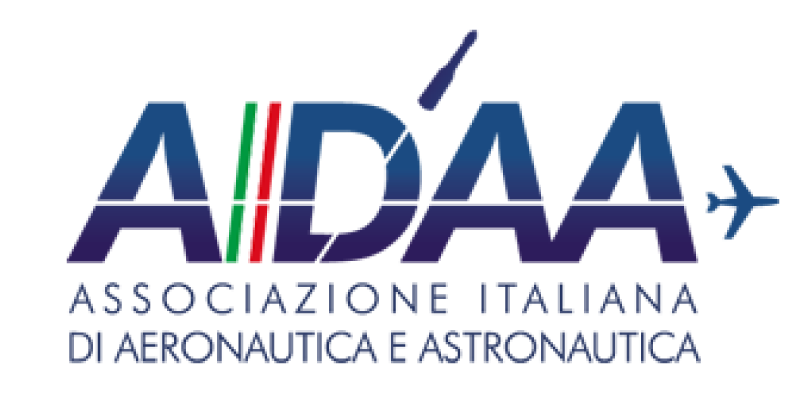Innovative propulsion system in service of small satellites
Innovative propulsion system in service of small satellites
4 NOVEMBER 2021
Small satellites are the new dominant platforms in the new space economy. Thanks to the very high capabilities of the electronic systems, small satellite, especially if working within the frame of a constellation, can provide innovative services with a cost not achievable from big satellites. However, to fully exploit their huge potential such a platform has specific need both in term of access to orbit and movement in space.
Regarding orbit access, most of the platforms fly as piggy bag on big launcher. This mean that they cannot choose the right orbit and they must fly within a schedule which is not based on their need. Around the world several companies are developing micro launchers to provide a dedicated access to space to small platforms. Micro launchers require the development of innovative propulsion systems capable to combine high performances with reasonable costs.
Once in orbit micro satellites need to reach the right altitude, the right phasing within the orbit and to maintain its position. To do it they do require an onboard propulsion system. These thrusters need to be designed to respect the reduced size of such a platform and to allow low recurring costs. Moreover, innovative missions, such as for example very low earth orbit (VLEO) require dedicated thruster to accomplish the specific mission, in VLEO for example a thruster capable of performing continuous drag compensation is required. These new scenarios open new challenges and opportunities for new innovative technology capable of reaching the right compromise between costs and performances.
Object of this webinar is to provide an overview of the ongoing market scenario related to small platforms than to provide an overview of the most innovative micro launchers developed or currently under development, and finally to provide an overview of the most promising propulsion systems suitable for small satellites developed or currently under development.
Learning objectives: market scenario, micro launchers, small thrusters.
Target audience: doctoral students, non-academic professionals, and undergraduate students.
Participation
There are no registration fees for AIDAA members. In case you are not an AIDAA member, please register here.













